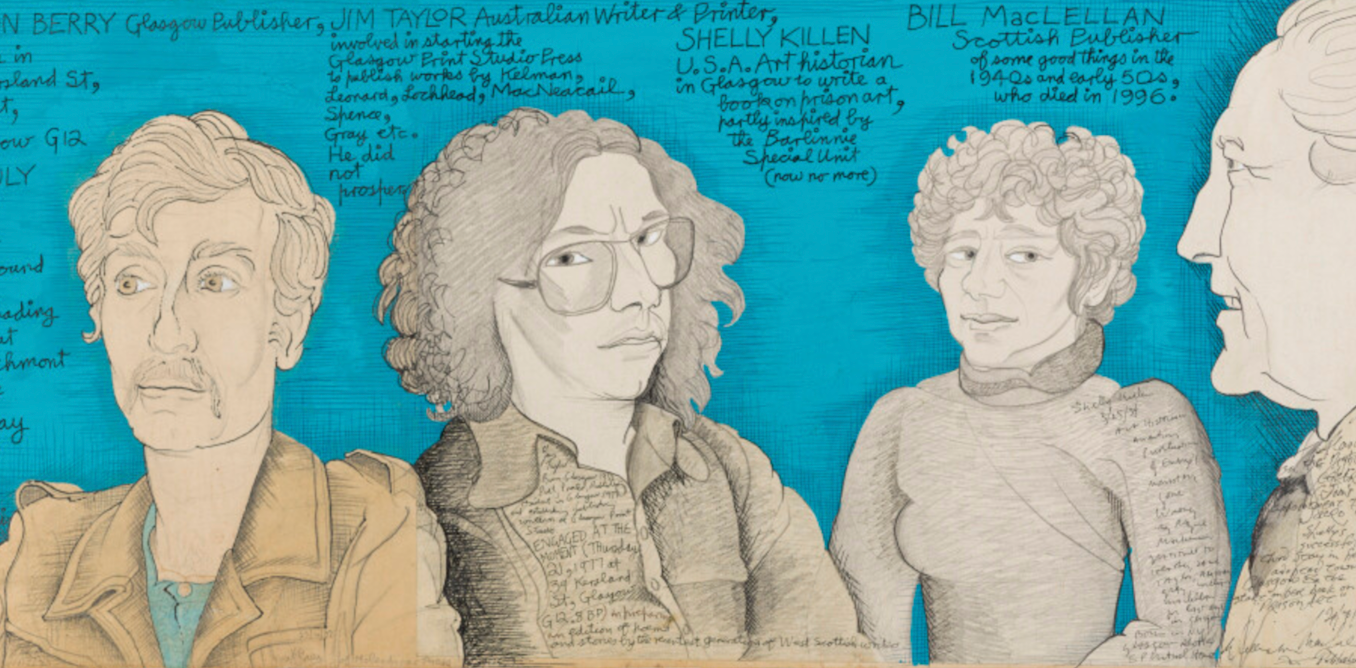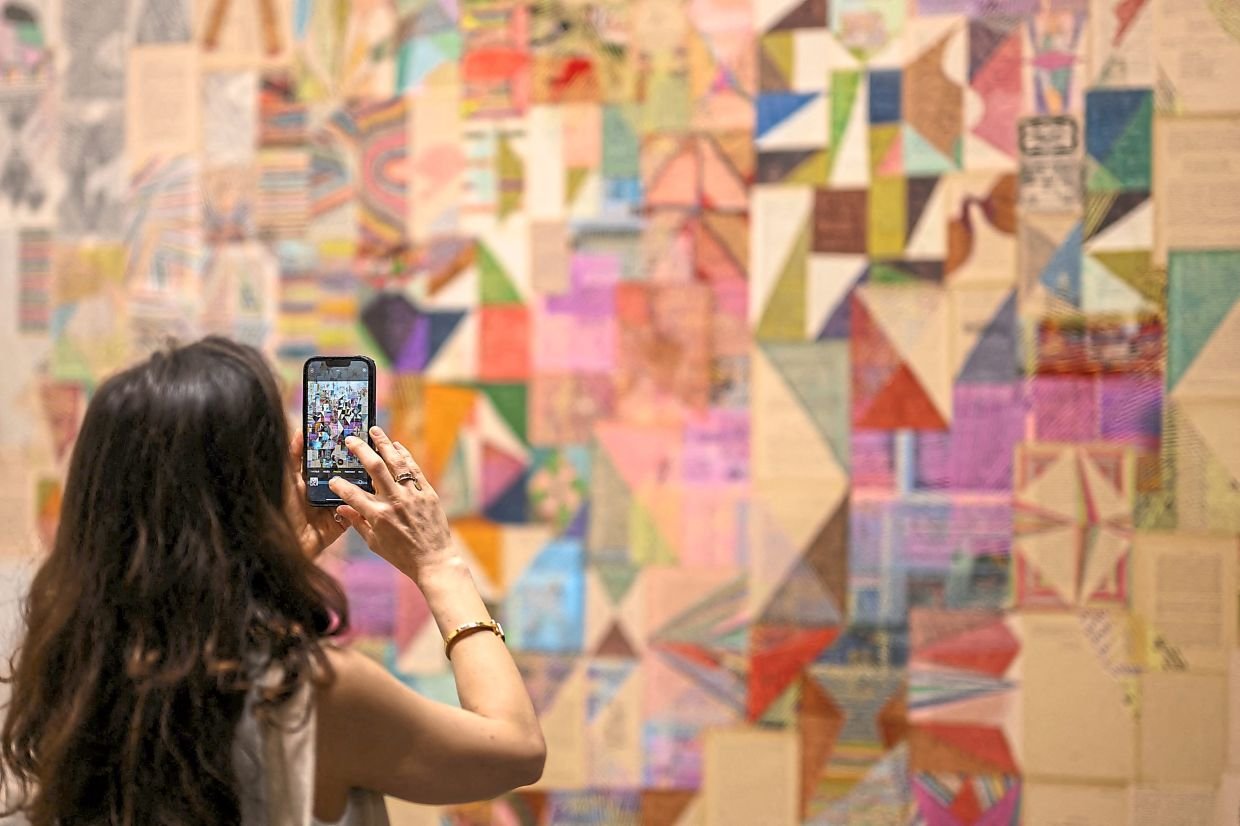As the National Gallery marks its 200th year, three significant additions have entered its collection through the UK government’s Acceptance in Lieu scheme—a nod to the power of tax arrangements in enriching public art holdings. The acquisitions span three centuries and distinct artistic movements, including an important Degas pastel, a rare Dutch still life, and a striking German Romantic landscape, each illuminating different facets of artistic innovation.
The most eye-catching of the trio, Edgar Degas’ Ballet Dancers (1888), captures five exhausted performers in vivid orange and turquoise tutus, their postures slack yet poised. Acquired through a hybrid agreement settling £7.8 million in tax, with the Gallery contributing an additional £1.5 million, the pastel exemplifies Degas’ mastery of the medium—layered, smudged, and sharpened to evoke both movement and fatigue. It joins the Gallery’s existing Degas holdings, offering fresh insight into his obsessive study of dancers, whom he rendered not as idealised figures but as working women in moments of unguarded repose.

Equally significant is Floris van Dijck’s A Banquet Still Life (1622), one of only 14 known works by this early pioneer of Dutch “display piece” compositions. The painting—a meticulous arrangement of bread, cheese, and glinting glassware—arrives thanks to a bequest from Martha Doris Bailey and Richard Hillman Bailey. Van Dijck’s work, long overshadowed by later still-life specialists, here receives overdue recognition for its role in shaping a genre that would dominate Dutch art for decades.

Completing the trio is Carl Gustav Carus’ A View of the Sky from a Prison Window (1823), the first work by this German Romantic polymath—physician, naturalist, and friend to Goethe, to enter a UK public collection. Acquired in honour of late curator Christopher Riopelle, the painting’s brooding atmosphere and restrained palette reveal Carus’s dual fascination with scientific observation and metaphysical yearning, bridging the Enlightenment and Romantic eras.
These works join other recent acquisitions, including Guercino’s King David and Richard Long’s contemporary earthwork Mud Sun, as part of the Gallery’s bicentenary celebrations. Sir Gabriele Finaldi, the Gallery’s director, emphasised the importance of the Acceptance in Lieu scheme in securing such treasures, while Arts Minister Chris Bryant noted the Degas acquisition’s role in deepening public understanding of Impressionist techniques.
Now on display in Room 42, Ballet Dancers invites viewers to reconsider Degas’ legacy—not merely as a chronicler of Parisian leisure, but as an unflinching observer of human exertion. Meanwhile, the Van Dijck and Carus works, though separated by two centuries, together underscore the National Gallery’s commitment to expanding the narratives within its walls. In a year of reflection and renewal, these acquisitions prove that even an institution as venerable as Trafalgar Square’s landmark can still find room for revelation.
Degas’ Ballet Dancers, Van Dijck’s A Banquet Still Life, and Carus’ A View of the Sky from a Prison Window are now on permanent display at the National Gallery.







